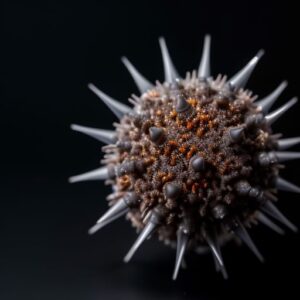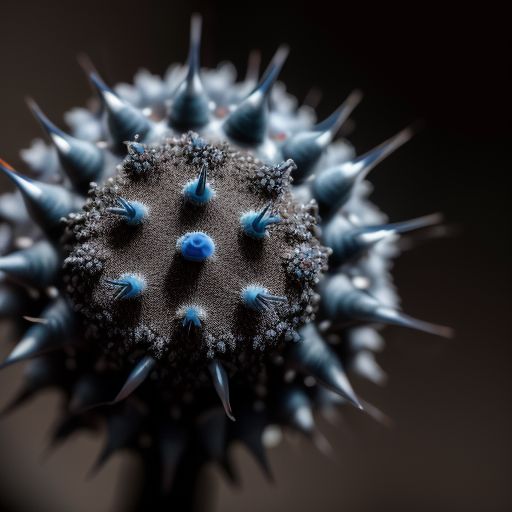Argument for Single-Celled Bacteria as Life Forms
Single-celled bacteria are unequivocally considered life forms based on several fundamental biological criteria. This is important background information for the next article about babies. These microorganisms exhibit all the key characteristics of life, including metabolism, growth, response to stimuli, and reproduction. One of the most compelling arguments for their status as life forms is their ability to prepare for and undergo multiplication, even during periods when they are not actively dividing.
Characteristics of Life

Bacteria, as single-celled organisms, meet the criteria for being considered life forms:
- Metabolism: Bacteria perform metabolic activities to generate energy and synthesize necessary compounds.
- Growth: They increase in size and mass by assimilating nutrients.
- Response to Stimuli: Bacteria can respond to environmental changes, such as temperature and pH variations.
- Reproduction: They reproduce asexually through processes like binary fission.
Preparation for Multiplication
The process of bacterial multiplication, specifically binary fission, involves several preparatory steps that demonstrate their status as life forms.
Step-by-Step Process of Binary Fission
- Initial Cell: The bacterium starts as a single cell.
- Replication of Internal Components: The bacterium replicates its DNA, cytoplasm, ribosomes, and other cellular machinery. This phase involves significant metabolic activity and synthesis of new cellular components [1] [3].
- Cell Elongation: As internal components replicate, the cell elongates and begins to form a septum, a process regulated by proteins like FtsZ [3].
- Completion of Septum Formation: The septum fully forms, dividing the cell into two daughter cells, each with a complete set of cellular machinery [1] [3].
The Lag Phase: A Period of Preparation
During the lag phase, bacteria are not yet multiplying but are actively preparing for division. This phase is critical and involves:
- Nutrient Uptake: Bacteria absorb nutrients from their environment to fuel metabolic processes.
- Synthesis of Cellular Components: They synthesize proteins, nucleic acids, and other essential molecules needed for cell division.
- Adaptation to Environment: Bacteria adjust to their surroundings, optimizing conditions for subsequent growth and division [4].
Potential for Life

Even during the lag phase, when bacteria are not actively dividing, they are still considered life forms due to their potential to multiply. This potential is a fundamental aspect of their existence:
- Metabolic Activity: Continuous metabolic processes during the lag phase ensure that bacteria are alive and capable of future division.
- Genetic Continuity: The replication of DNA and other cellular components during preparation ensures genetic continuity and the ability to produce viable offspring [3].
Conclusion
Single-celled bacteria are unequivocally life forms. Their ability to undergo complex preparatory processes for multiplication, even during periods when they are not actively dividing, underscores their status as living entities. The potential for reproduction, driven by metabolic and genetic activities during the lag phase, further solidifies their classification as life forms. Thus, bacteria’s inherent potential to multiply and their continuous metabolic activities during preparation periods affirm their status as living organisms.
Citations:
[1] https://blogs.udla.edu.ec/haccp/2017/05/25/bacteria-and-how-they-multiply/
[2] https://www.ncbi.nlm.nih.gov/pmc/articles/PMC4991899/
[3] https://bio.libretexts.org/Bookshelves/Microbiology/Microbiology_(Bruslind)/09:_Microbial_Growth
[4] https://studyacademy.co.uk/topic/bacterial-multiplication/
